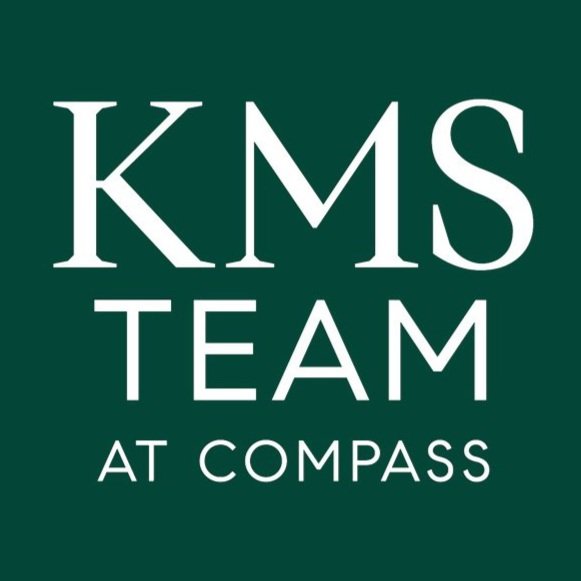On October 1st, 2021 the National Flood Insurance Program enacted Flood Risk Rating 2.0. It comes with the promise of greater rate transparency for customers. The old rating methods, in effect since the 1970’s, ultimately resulted in smaller homes being rated at an increased rate over much larger homes. The new rating method corrects this by utilizing a combination of new technology and some common sense to achieve rates that are both fair to all and can ultimately assist with ending the NFIP’s problem of being consistently in overwhelming debt.
A number of new rating factors have been introduced for determining premiums. Those include:
· The replacement value of your home.
· Distance to Flooding source and flood type
· Building occupancy
· Foundation type
· Construction Type
· The number of floors
· First Floor Height
· Prior claims
· Fees and surcharges
For some Risk-Rating 2.0 may be financially beneficial, in fact, 23% of policyholders will see rates go down. This implementation however will result in an increase in flood insurance cost for over 3.8 million policies nationwide. Locally, almost 66% of policies will see rate increases; an estimated 9% of Connecticut policyholders will see large increases. Rest assured though, existing policy holders (in effect prior to October 1st ) will be on a glidepath to their full risk rate. That glidepath includes a capped 18% annual increase until reaching the home’s full risk rate. The full impact of the new program will hit current policyholders over time, but new policyholders will be impacted immediately.
For real estate transactions, this can mean the current in-force policy is good as gold if assignable. Taking the prior owner’s policy by assignment starts the glidepath at a much lower premium amount. This could be worth hundreds if not thousands of dollars in long term savings!
New flood declaration pages will be revamped to provide greater transparency for the consumer. Policyholders will understand the factors that contribute to their flood insurance premium. Gone will be the requirement for flood elevation certificates, however they may still be useful. Because the technology FEMA uses is not infallible, an elevation certificate can be applied as a secondary method of rating that could prove to be beneficial.
There will also be additional ways to positively impact your flood premiums. Installing flood openings, elevating your home on piers or pilings, flood proofing, elevating machinery & equipment and of course the community rating system. The latter may be out of your control but elevating your mechanicals could have a positive impact on your rates. Check with your local building officials for flood proofing qualifications and how planned renovations could impact requirements to elevate your home to FEMA code.
What may be overlooked in the new program is the impact to homes outside the A or V flood zones that had been protected by the preferred risk policy. X zones, which in layman’s terms is typically thought as “not a flood zone,” will see some dramatic changes. The preferred risk policy is no more. What used to be a $633 flood policy now also is subject to all the same rating factors which means in some cases, dramatic increases along the coast, and smaller decreases further inland. Why is this relevant? Because 40% of all flood claims are in the X Zone.
To learn more about the latest change to the National Flood insurance Program and how it may impact you, contact Daigle & Travers Insurance at 203-655-6974.

